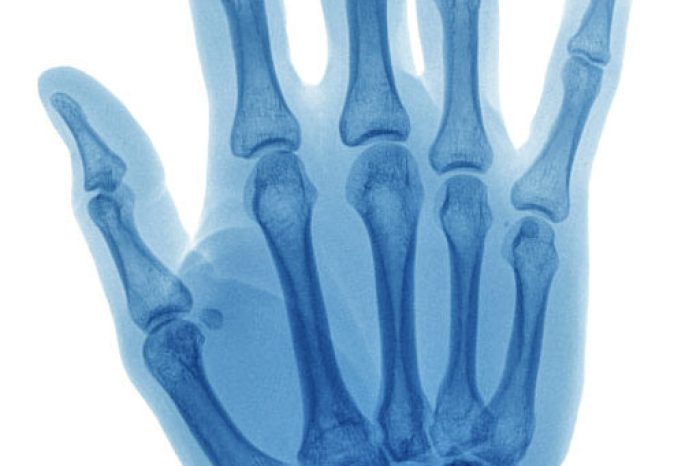


In a recent paper (Ekhtiari et al), researchers performed a cost-utility analysis comparing three carpal tunnel release (CTR) techniques: open (OCTR), endoscopic (ECTR), and ultrasound-guided (CTR-US). The findings of this study highlight that CTR-US is not only more cost-effective ($3,800 vs $8,700), but also associated with faster recovery and improved quality of life. Compared to traditional methods, CTR-US offers shorter recovery times, reducing the overall societal costs, including time off work. This positions CTR-US as a dominant, minimally invasive intervention with substantial cost-saving advantages for patients and healthcare systems alike.
This study emphasizes that as the popularity of minimally invasive procedures grows, CTR-US could be the future standard for carpal tunnel surgery, offering both economic and clinical benefits over traditional open and endoscopic techniques. They concluded the “CTR-US is considered a dominant intervention over both OCTR and ECTR.”
Of note, one limitation of this study is that it focused only on the Sonex CTR-US, but had the study included the Thread CTR-US, the paper’s findings would have been even more dramatic. Using the Thread CTR-US, patients have returned to work as early as post-op day 1, and the cost of the procedure is even less than Sonex. We are fortunate to offer both the Sonex and Thread CTR-US at Boston Sports & Biologics.
Adductor longus selective tenotomy is a modern surgical treatment for chronic groin pain that offers faster recovery and better outcomes than traditional full release surgery. The adductor longus, an inner thigh
Read MoreDiscover how ultrasound helps diagnose plantar fat pad atrophy, a leading cause of ball-of-foot pain. Learn about symptoms, thickness cutoffs, and why early detection matters for relief.
Read More